Before cursed videotapes and vengeful spirits with long black hair, horror thrived in the ancient legends of Japan. Rooted in Shinto beliefs and folklore, these stories are filled with restless ghosts, shape-shifting creatures, and entities that blur the line between the living and the dead. Beneath the beauty of cherry blossoms and serene temples lurks a world of supernatural terror.
In this episode of History of Horror, we’ll step into the eerie realm of Japanese mythology, where Yōkai creep in the shadows and onryō rise from beyond the grave. These ancient fears still echo in modern horror, proving that some nightmares never fade.
Yōkai — The Shape of Fear
You walk a lonely path under a dim moon, the silence broken only by the crunch of your footsteps. Up ahead, a figure stands — familiar, perhaps even someone you know. But as you draw closer, their face melts away, leaving nothing but smooth, featureless skin — like wax smoothed away. Yet, somehow, you still feel its gaze.
Yōkai are the shapeshifters of Japanese folklore, supernatural beings that range from mischievous tricksters to malevolent spirits. They take many forms: animals, objects, even distorted human shapes. Some, like the Tanuki and Kitsune, play pranks, while others, like Noppera-bō (faceless ghosts), leave you questioning your reality.
Yōkai represent humanity’s fear of the unknown, the things that lurk just beyond comprehension. Their influence can be seen in modern media like Spirited Away, where spirits and strange beings roam freely, and even in horror games like Fatal Frame, blurring the line between the living and the dead.
Onryō — Vengeful Spirits
You wake to find a figure at the foot of your bed. Her long black hair hangs wet, obscuring her face. But you feel her eyes on you. You cannot move. You cannot scream. You knew this was coming, but you couldn’t stop her. And now it’s too late. Close your eyes — it’s almost over.
Onryō are vengeful spirits fuelled by rage and injustice. Often women wronged in life, they return with a singular purpose: to exact vengeance. Their presence is marked by pale faces, dishevelled hair, and an overwhelming sense of dread.
These spirits have heavily influenced modern J-horror, most famously in Ringu (The Ring) and Ju-on (The Grudge), where the ghosts’ wrath transcends death, spreading like a curse. The fear isn’t just of the ghost, but of the inescapable fate that follows.
Kuchisake-onna — The Slit-Mouthed Woman
Footsteps echo down an empty street as a woman approaches, her face hidden behind a surgical mask. “Am I pretty?” she asks softly.
“Yes,” you answer. She removes her mask, revealing a grotesque, ear-to-ear grin. She asks again, her voice now grisly and malicious. You hesitate. Big mistake.
Kuchisake-onna, or the Slit-Mouthed Woman, is an urban legend born from ancient fears and modern anxieties. Said to be a woman mutilated in life, she roams the streets, asking strangers if they find her beautiful. Answer wrong, and she kills you. Answer right… she might anyway.
Her story taps into fears of vanity, trust, and societal beauty standards. Films like Carved: The Slit-Mouthed Woman and even Western urban legends like Candyman share similar mechanics — where simply acknowledging the legend can seal your fate.
Jorōgumo — The Spider Woman
You meet a beautiful woman by a quiet river. Her gaze is hypnotic, her smile irresistible. But as you draw closer, thin threads glint in the moonlight. She’s not what she seems. And it’s too late now. You’re not going anywhere.
Jorōgumo, the Spider Woman, is a Yōkai who lures unsuspecting men with her beauty, only to ensnare them in her web — literally. In folklore, she controls small spiders and weaves deadly illusions to trap her prey.
The horror of Jorōgumo lies in deception and entrapment, themes echoed in films like Jennifer’s Body and Under the Skin, where predatory women lure victims with false allure. Her story embodies fears of seduction, betrayal, and the monstrous hidden within the beautiful.
Teke-Teke — The Crawling Nightmare
You hear a scraping sound behind you — quick, sharp, unnatural. You turn. A figure drags itself on its elbows, its lower half gone, eyes burning with hatred. It’s moving faster than it should. And it’s coming straight for you.
Teke-Teke is a ghost with no legs, the vengeful spirit of a woman or girl who died in a horrific accident, often involving train tracks. Consumed by rage, she hunts the living, slicing them in half to share her fate.
This tale taps into primal fears — mutilation, helplessness, and the terror of something unstoppable. The relentless pursuit of Teke-Teke echoes modern horror icons like the creature in It Follows or even the Terminator — unstoppable, inevitable, and terrifyingly persistent.
Yūrei — Echoes of the Dead
You feel a chill, though the room is warm. A shadow lingers where it shouldn’t. You see her in the corner of your eye — a pale figure, silent, watching. She was never meant to leave.
Yūrei are traditional Japanese ghosts, spirits bound to the world by strong emotions: vengeance, love, sorrow. They are often depicted with white burial kimonos, long unkempt black hair, and lifeless expressions.
Their influence permeates horror globally, from J-horror classics like Dark Water to Western films like The Sixth Sense. The universal fear of restless spirits, unable to find peace, speaks to our deepest anxieties about death and the afterlife.
Closing Thoughts
Japanese horror is a tapestry woven from ancient fears, fragile emotions, and timeless folklore. Whether through the shape-shifting Yōkai, the vengeful Onryō, or the tragic Yūrei, these tales remind us that fear is enduring.
Modern horror owes much to these stories, from cursed videotapes to relentless spirits. They teach us that the scariest monsters aren’t always the ones we can see — but the ones that linger in the dark, waiting.
Next, we’ll journey to West Africa, where ancient spirits, dark magic, and creatures of the night weave tales of fear unlike any you’ve heard before. Brace yourself — the shadows are deeper there.

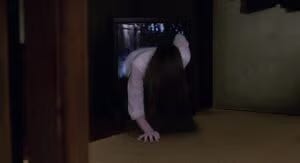


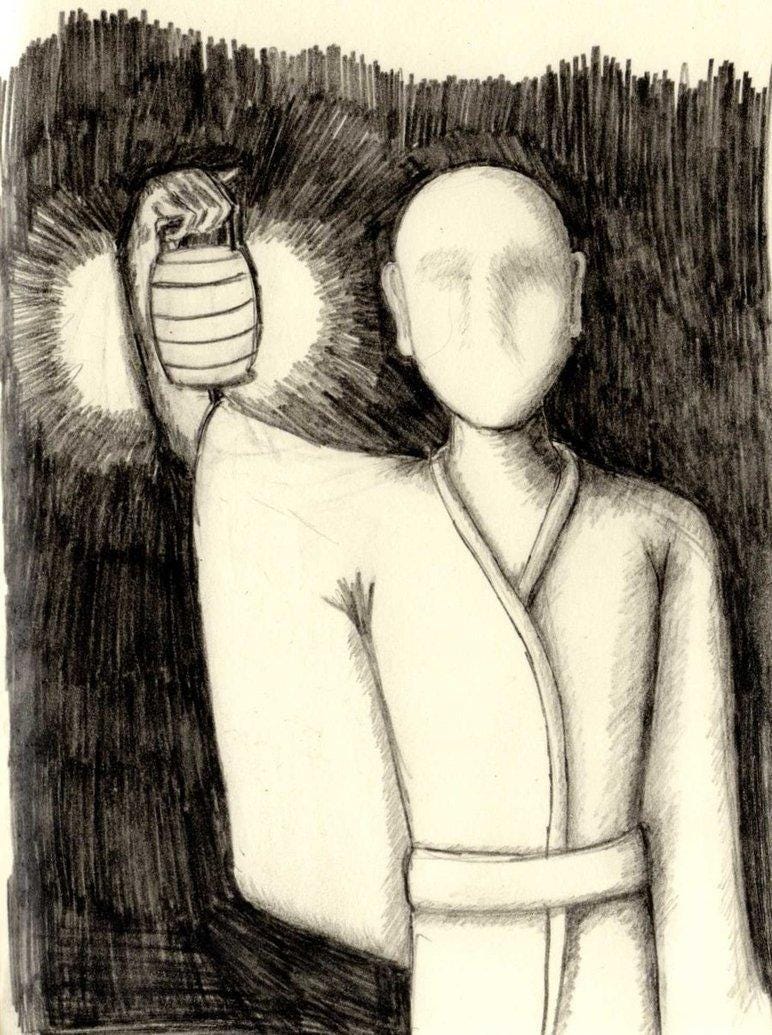

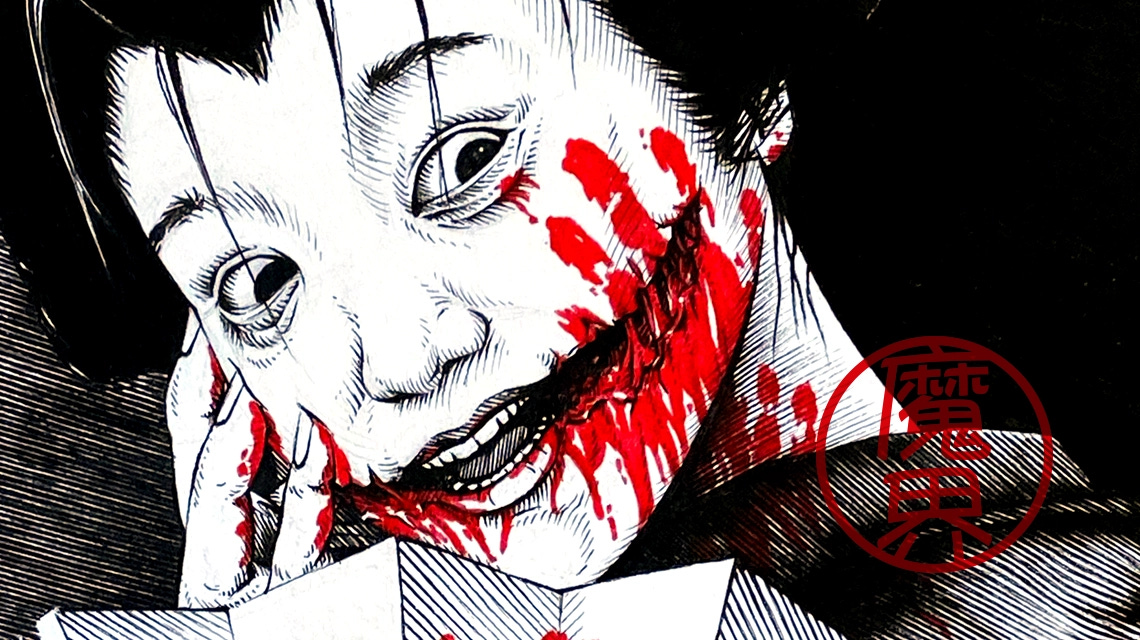
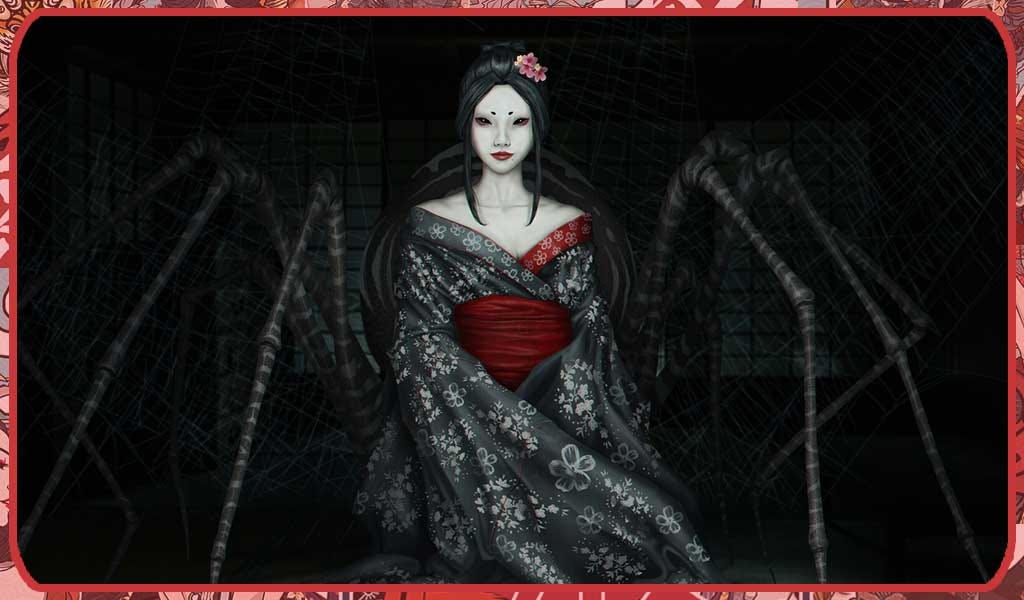

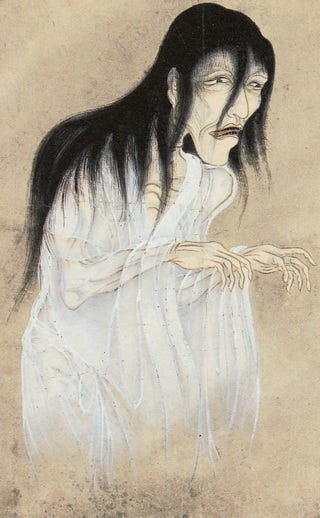
Why are all the evil spirits women? Are there any evil men :)
I love Japanese horror although some of it truly shocks me. It transcends its own culture to tap into some primal fears that many countries can respond to. I never knew that Jewish culture has horror in it, but it does. Not a lot, but there are also legends of restless spirits, Gehenna (the Jewish hell) and devils that wait to trick unwary people.